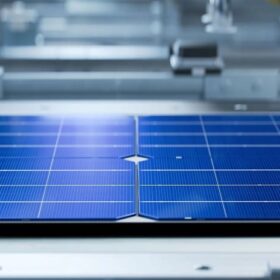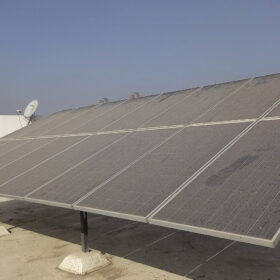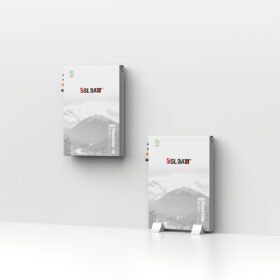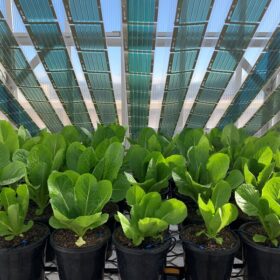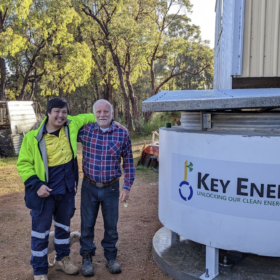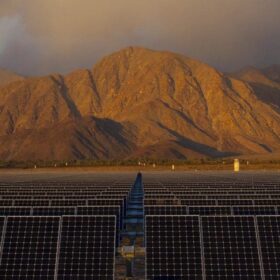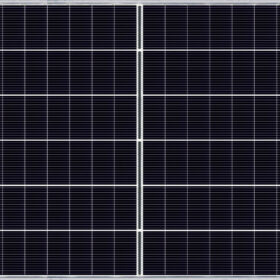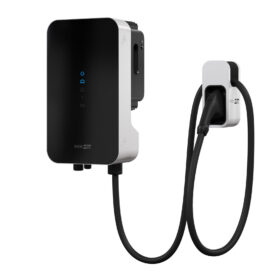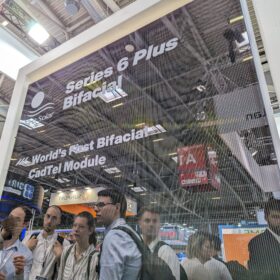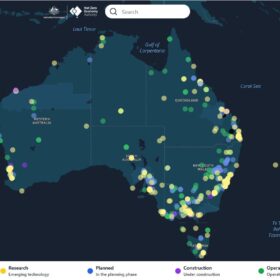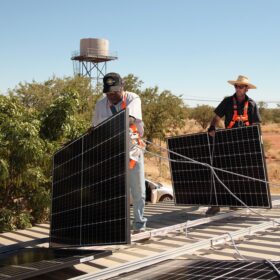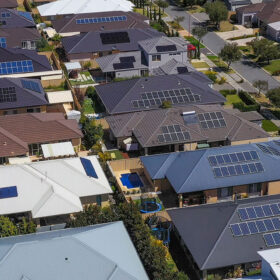Reusing silicon from end-of-life solar panels in EV batteries
Scientists in Belgium are exploring the potential of recycled silicon in solar modules at the end of their life cycle for reuse in low-cost, higher-energy-density storage technologies. They claim EV batteries using this silicon may allow faster recharging and travel longer distances on a single charge.
Inside the impacts of soiling
Scientists in India carried out a comprehensive study into the impacts of soiling on PV modules – measuring the amount of performance loss caused by different types of dust and bird droppings, and for modules installed at various tilt angles, in the hot-dry climate of Vellore in southern India. Their findings could allow developers to better take into account and mitigate the effects of soiling during site selection and system design.
Bslbatt unveils 100-mm batteries for rooftop solar
China’s Bslbatt says its new batteries have 10.24 kWh of storage capacity and a nominal voltage of 51.2 V. It measures 700 mm x 980 mm and is 100 mm thick.
CSIRO tests semi-transparent solar film at greenhouses to enhance growth conditions
The CSIRO has run an internal ‘Shark Tank’-style competition which will see it test semi-transparent, printed solar films at its greenhouses to assess whether the technology can be used to enhance crops’ growth and cut emissions.
Flywheel mechanical battery with 32 kWh of storage installed in WA property
Sydney company Key Energy has installed a three-phase flywheel energy storage system at a residence east of Perth, WA. The 8 kW / 32 kWh system was installed over two days in an above-ground enclosure, dramatically cutting the time needed to install the flywheel system.
Neoen wins WA’s Collie big battery tender, moves into long-duration storage market
French renewables developer Neoen has won a 197 MW / 4-hour duration storage contract with AEMO. The contract pertains to the Collie big battery in WA’s south west, with Stage 1 to be operating commercially by October 2024.
Solar-plus-storage microgrids minimise power shutoffs during wildfires
Lawrence Berkeley National Laboratory researchers have shown that microgrids equipped with solar-plus-storage systems can maintain an average levelised cost of energy (LCOE) below USD 0.30/kWh and limit annual public safety power shutoffs to 2% to 3% of annual energy demand.
Canadian Solar unveils 700 W bifacial TOPCon solar modules
Canadian Solar is offering six versions of its 132-cell TOPBiHiKu7 solar modules, with power outputs ranging from 675 W to 700 W and efficiencies ranging from 21.7% to 22.5%. They have an efficiency range of 26.1% to 27.0%, with a bifacial gain of 20%.
SolarEdge unveils bidirectional EV charger
SolarEdge’s new bidirectional DC-coupled electric-vehicle (EV) charger enables vehicle-to-home and vehicle-to-grid applications and can seamlessly integrate with its home energy systems. It is scheduled for release in the second half of 2024.
First Solar showcases pre-commercial bifacial thin-film PV modules
First Solar has announced a limited production run of the “world’s first” bifacial solar panel with a cadmium telluride (CdTe) semiconductor. The pre-commercial Series 6 Plus Bifacial module is making its debut this week at Intersolar Europe in Munich, Germany.
